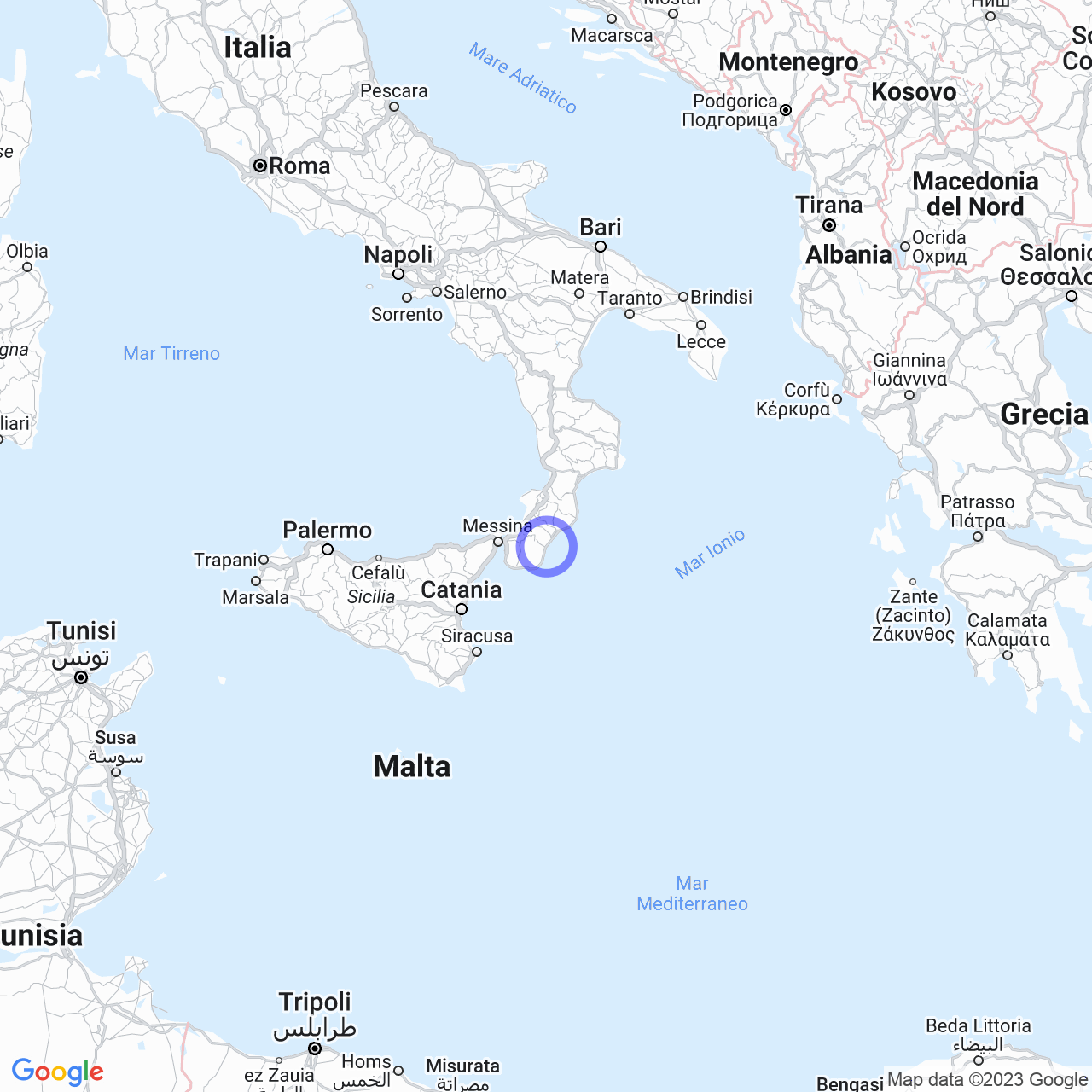Bovalino
Platì: a town in Calabria between mountains and river
Platì is a small town located in the metropolitan city of Reggio Calabria, in Calabria. With a population of 3704 inhabitants, the town is located northeast of Reggio Calabria, at an average altitude of 300 meters above sea level. The town is nestled between the mountains of eastern Aspromonte and the Fiumara di Platì, the main watercourse in the region.
A name with two dialects
The name of the town is linked to the Greek origins of the Calabrian region. In fact, in Greek-Calabrian dialect, the town is called "Platì", while in Calabrian dialect it is called "Pratì".

The history of Platì from its origins to today
Origins
The history of Platì is related to the lordship of the Spinelli family, Neapolitan nobles and princes of Cariati, who obtained the fiefdom following a concession from King Ferdinand the Catholic at the beginning of the 16th century. A document contained in the State Archives of Locri attests to the existence of the town already around the mid-1500s, when it was called "Prati".
The town is characterized by a mountainous geographical position nestled in a majestic valley in the center of eastern Aspromonte surrounded by wild nature. Its agricultural-pastoral economy has undergone significant imbalances in wealth distribution, resulting in strong social stratification.
Earthquakes and the flood of the 20th century
The town has suffered numerous seismic events over the centuries. In 1638, an earthquake formed the great valley on which today the city center stands. A century later, in 1783, Platì was almost completely destroyed by a second seismic event that devastated much of Calabria.
In 1908, the town was hit by the earthquake that had its epicenter between Reggio and Messina, causing considerable damage also to Platì. On October 18, 1951, the town suffered a violent flood that caused the death of 18 inhabitants and the devastation of part of the town. The flood accelerated the emigration of Platì's residents to the United States of America, Canada, Argentina, Australia, and Northern Italy.
The town today
In the 1970s and 1980s of the 20th century, noble and bourgeois families were forced by locals to abandon the center and leave it in the hands of 'ndrangheta families. However, the town has started a path of rediscovering its cultural and historical roots, with initiatives aimed at enhancing the beauty and history of the territory.
Nature around Platì
The town is immersed in a wild and uncontaminated environment, characterized by the presence of Aspromonte, the mountain massif that separates the Calabrian coast from the Ionian Sea. The surrounding area offers many opportunities for lovers of trekking, hiking and mountain biking.
In the area, there are also numerous water sources, including the Passante fountain, which offers fresh and crystal clear water, and the Madonna di Loreto fountain, which is located inside a cave.
Traditions of Platì
Platì still preserves the typical traditions of its peasant and pastoral past. Among the gastronomic delights of the town are the Aspromonte pecorino cheese and the sheep salami, produced with an ancient artisanal processing method. The town is also famous for the production of a delicious hot chili jam.
Among the most important festivals of the town are that of San Rocco, which takes place every year on August 16, and that of the Madonna di Loreto, which is held on December 10.
Conclusions
Platì is a town that jealously preserves its history and traditions. The beauty of its natural landscapes, the atmosphere of the past, and the gastronomic delicacies make it an ideal destination for those who want to discover the real Calabria.
